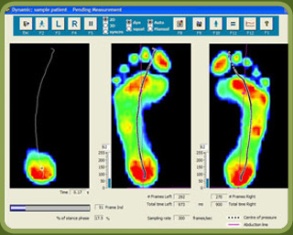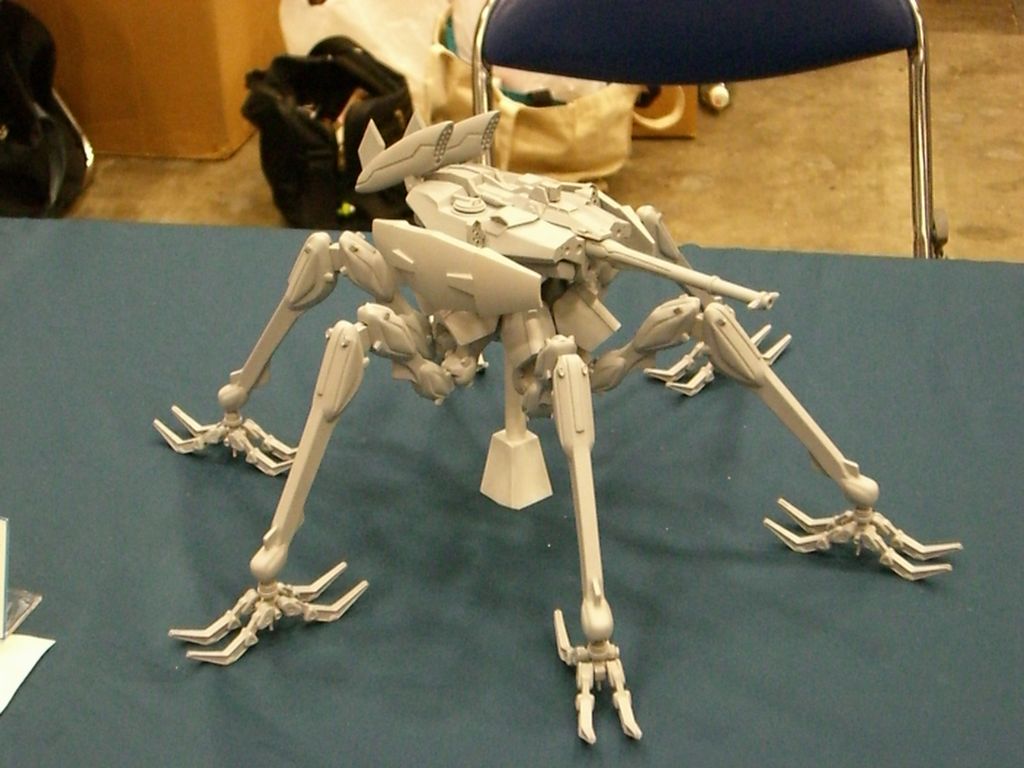The deeper your knowledge and experiences, the more things you will see. As in life, the more experiences you have the wiser you become and the clearer the bigger picture becomes. All these things enrich the experience or observation. These experiences take simple black and white and render an infinite palate of grey tones.
To the untrained observer, these are just two feet. With a little more experience these are two feet of different length. Deeper further, these are two different sized feet with different plantar pressure responses (helped here by increasing the greyscale contrast). Deeper yet, this represents a left foot (viewers right) that has a dysfunctional flexor digitorum longus (FDL) and lateral quadratus plantae muscle. All of these observations allow the skilled and knowledgeable viewer to extrapolate and theorize, with clear thought processes, which leg could be shorter/longer, how the pelvis might be distortioned, step length and stride length variability, foot stability and so much more.
The life long student does not need the contrast enhanced picture on the right to heighten the visibility of the plantar pressures, but it helps. This is what wisdom and experience do, they enable you to look deeper into something and to see it for what it truly is, not what it appears to be.
Come listen to our teleseminar tonight (Wednesday March 18th, 2015) on www.onlinece.com at 7pm central. Log in early to get set up. Come listen in while we delve into one of the bigger questions, if the left foot (viewers right) is longer it has likely pronated more over a longer period of time stretching out plantar soft tissues and corrupting joint function in multiple areas. But if this is the case, why then are they presenting with plantar pressures that are more representative of supination standards ?
This is mental gymnastics. It is good stuff to do regularly, even though this is a static presentation, many good theories and thoughts can be brought forth. Getting the answer is not the goal, getting the thought process down is.
The more you know, the more truth you will see.
See you tonight, we will break this down into a microscopic level that will challenge you all.
Shawn and Ivo, the gait guys




















